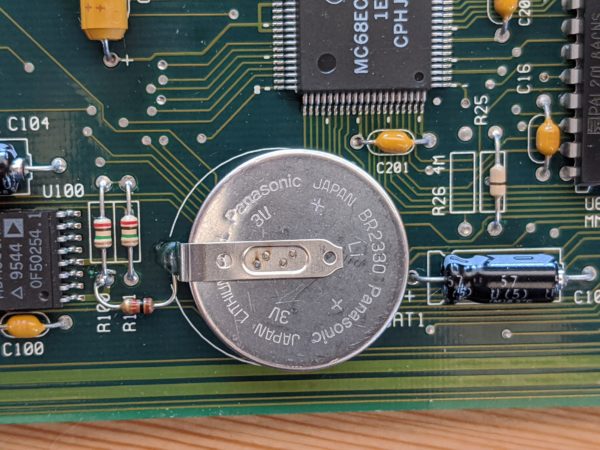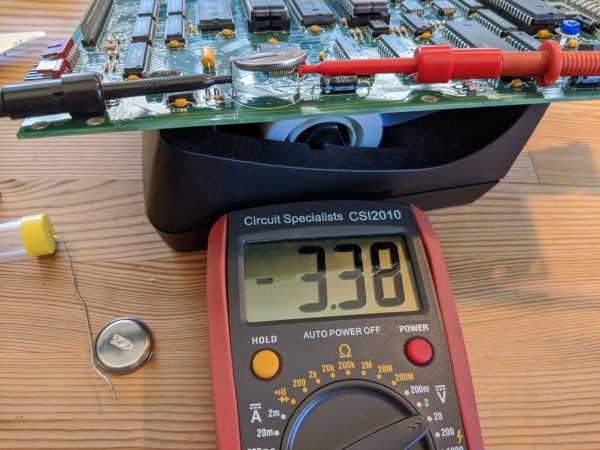Good COVID Reading
Here is This is a very good article about how not to get the ‘rona, The Risks – Know Them – Avoid Them. He talks about many actual cases as examples. All of the posts by Erin Bromage are good Covid reading.
The coldest winter I ever spent
Here is This is a very good article about how not to get the ‘rona, The Risks – Know Them – Avoid Them. He talks about many actual cases as examples. All of the posts by Erin Bromage are good Covid reading.
Bread baking friends, celebrate with me the videos made by the Proof Bread company in Phoenix! I’m linking to the video that got me hooked but the whole channel is a wonderment.
I took some hints from the videos and came up with this:




1 1/2 cups of white flour, 1/8 cup whole wheat, 475 for 30 minutes covered, 12 minutes uncovered. Made a nice sandwich bread with a crackling crust :-)
Wget is a great tool for downloading individual webpages or entire websites. View the Wget manual.
When the site is password protected, you might do the following to download the site:
wget –recursive –no-parent –timestamping=on –no-clobber –page-requisites –html-extension –convert-links –restrict-file-names=windows –no-parent –load-cookies cookies.txt -e robots=off -U mozilla “https://www.EXAMPLE.COM/WHATEVER/”
I have had a little trouble with the cookies not working correctly. I’m not sure yet if it’s the cookie expiring after a few minutes and not getting renewed or Wget somehow fetching too aggressively. I successfully fetched a site by refreshing the homepage in Chrome (maybe keeping the cookie valid) and fetching from below the top level.
I replaced the battery on my Ensoniq KT-88 electronic keyboard today. It wasn’t hard. Took about 45 minutes of unscrewing, fiddling with connectors, and soldering. (actually, the keyboard is on long-term loan from a good friend :-) )
I bought the battery from Syntaur. Maybe I could have found it for a few dollars cheaper but it wasn’t expensive and I wanted to make sure it was a good battery and had the right tabs on it! These guys rock.









After I was done replacing the battery, none of the controls worked! Argh! I did a factory reset thanks to the internet (local archive), to reset the Ensoniq KT-88 “PRESS EDIT/SEQUENCES (PRESETS). PRESS AND HOLD THE UPPER 9 BUTTON AND THEN PRESS THE LOWER 9.RELEASE BOTH AND PRESS YES AT THE PROMPT.”. That didn’t actually fix it. But I now find that if I turn it on and power cycle it once quickly (off for about 1/2 second) controls respond perfectly until I turn it off for a length of time. It’s finicky but it works! Hurray!
One of my oldest friends is writing a homesteading book. He’s literally an award-winning author which is pretty awesome. I ordered a copy :-)
“Seven years ago I moved from the city to a farm where I taught myself to garden, raise animals & cook “farm to table”. I show you how”
Find out more about the book and pre-order it.
I’ve been using a Chrome extension called Video Speed Controller to speed up boring videos and TV shows. It works great, I’d definitely recommend it. I use it on Netflix and Youtube, often bumping the speed to 1.2x. Sometimes to 2.5x on slow lectures.
If you’re concerned about giving it permissions to view all of your content on all of your sites (I was!), you can go into your Chrome Extensions menu, and give the extension limited “site access”. I gave mine access only to sites when I click on the icon in the Chrome toolbar.
I use the hotkeys “S” and “D” to change the speed of the video dynamically. It’s weird when I slowly crank the speed up. Like the proverbial frog in a slowly boiling pot, I hardly notice the gradually building heat!
Summary: If you want to win friends and influence people, treat them with Status, Certainty, Autonomy, Relatedness, and Fairness.
I use a lot of psychological models and theories to conceptualize my world. The ones I refer to most often are Erikson’s Theory of Psychosocial Development, Maslow’s Hierarchy of Needs, Gardner’s Theory of Multiple Intelligences, and Kohlberg’s Theory of Moral Development. Look them up, memorize them, use them. They are useful!
I just heard about the SCARF Model and I’m pretty excited about it (a model isn’t as generalized as a theory but can be useful nonetheless!)
The SCARF Model was developed in 2008 by David Rock, in his paper “SCARF: A Brain-Based Model for Collaborating With and Influencing Others.” SCARF stands for the five key “domains” that influence our behavior in social situations. These are:
The model is based on neuroscience research that implies that these five social domains activate the same threat and reward responses in our brain that we rely on for physical survival. So, in brief, look at each of the domains above and think. For example, if a person places you in a lower status than you, that stress can easily trigger your fight-or-flight response (imagine a boss talking down to you). If they put you in a higher status, that can trigger your reward system (imagine getting an award). This works in more situations than you’d initially consider. And there’s lots to consider. If you want to win friends and influence people, treat them with status, certainty, autonomy, relatedness, and fairness.
Here is the original paper about the SCARF Model by David Rock
There’s many sites that talk about the SCARF Model in more depth, here’s a pretty good one.
update 7-29-20, I came across a random “How to influence people” post on Imgur and about 3/4 of the items are applied versions of the SCARF model, nice. (though admittedly, some of the tactics in this image are ethically questionable!)

You’re going to think this image is just a mock-up. It isn’t. As the top review on Amazon says, “This is not a good movie, but it’s a wonderful movie”!

I saw it tonight on Amazon Prime fer free. Highly recommended!
See the trailer so you know what you’re getting yourself into. Consider watching it stoned.
I just heard about this service. It’s totally brand spanking new so don’t fret if there’s not many people on it yet. This could be helpful for building your “pod” for the school year! We’re trying it.
If you’d still like to get email notifications from me, please sign up again in the upper right corner of my site at Lee.org. I had gotten so many fake email subscribers that I’m going to wipe the whole list and start over.
I just turned email notifications on today after some 7 months. You can go back to the site or the archives to catch up. It took me a while to get around to fixing it.